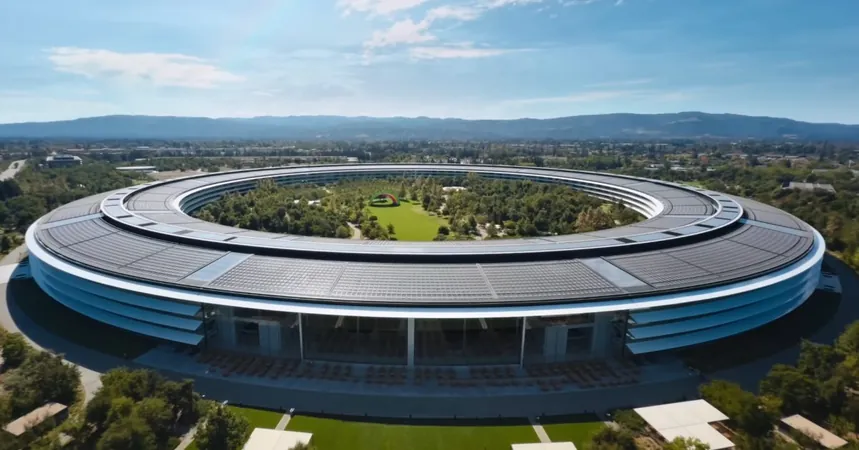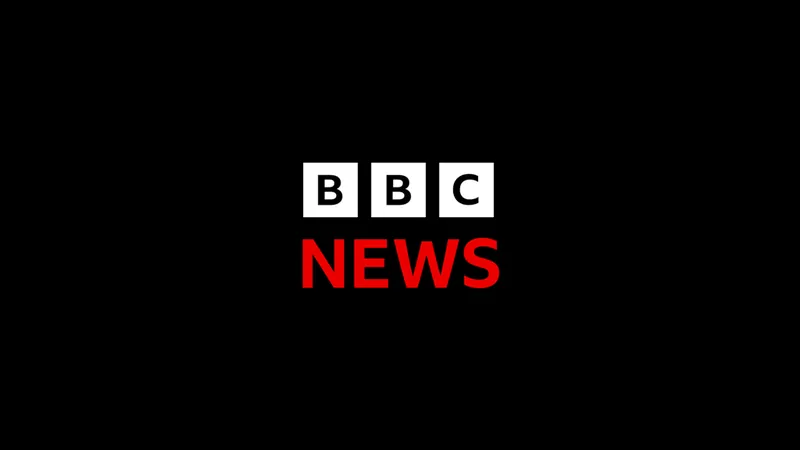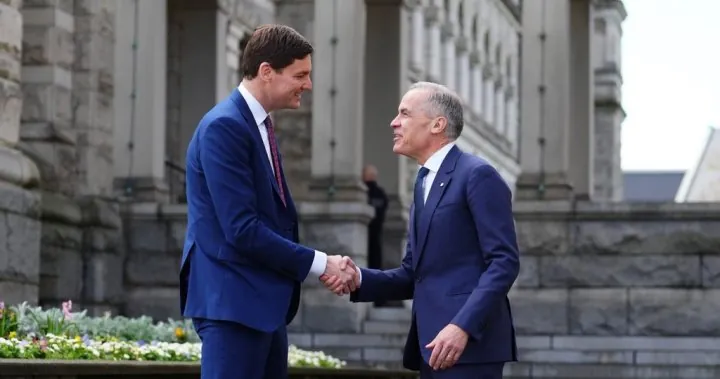
Apple Faces Tariff Crunch: Here’s How They Plan to Dodge the Price Hike
2025-04-06
Author: Amelia
In a shocking move, the Trump administration recently unveiled an aggressive tariff strategy targeting imports from numerous countries, a decision that has sent Apple’s stock tumbling nearly 10%. With the company’s extensive reliance on overseas manufacturing to support its supply chain, the new tariffs spell significant trouble for the tech giant.
Bloomberg’s Mark Gurman has shared several strategies Apple might deploy to mitigate the potential financial fallout from these tariffs. Despite not increasing the price of its flagship iPhones since the iPhone X launch in 2017, the company is now under pressure to reconsider its pricing structure due to looming tariffs of 54% on goods from China, 26% from India, and 46% from Vietnam.
Trade negotiations are ongoing in countries like India and Vietnam, but with China, a key player in Apple's supply chain, currently outside these discussions, Apple must act quickly. Here are some tactics Apple could consider:
1. Negotiating Better Pricing
Apple could pressure component suppliers and manufacturers to lower their prices, effectively reducing the overall manufacturing costs.
2. Absorbing Costs
With average profit margins around 45%, Apple might opt to absorb some of the additional expenses to maintain its pricing structure.
3. Temporary Price Adjustments
For the short term, Apple may implement minor price hikes while assessing the full impact of the tariffs.
4. Supply Chain Diversification
Continued efforts to diversify their manufacturing base is crucial, although this likely won't include shifting production to the U.S.
In an effort to stay ahead of the curve, Apple has been quietly building its inventory in the U.S. prior to the tariff rollout. By doing this, products already in the country will escape the new tariffs, allowing Apple to continue selling at normal prices for a limited time.
Gurman reports that Apple is potentially waiting until the release of its next iPhones in September to adjust prices, strategically timing any increases to minimize negative publicity. However, there is a risk that price hikes could overshadow new product launches, shifting focus from innovations to cost increases.
Despite potential challenges ahead, Gurman mentioned that Apple isn’t necessarily against raising prices; rather, the company is exploring all avenues to lessen the tariff impact. Additionally, industry watchers speculate that CEO Tim Cook may even pursue exemptions similar to those he campaigned for during Trump's first term.
In this complex geopolitical climate, Apple’s strategic maneuvers will be critical not only for its pricing strategy but for maintaining its competitive edge in the marketplace. As consumers and investors watch closely, the coming months will reveal how successfully Apple can adapt to these economic pressures.
Stay tuned to see if Apple's efforts will pay off or if the tariffs will truly 'soften the blow' on their iconic product line!









 Brasil (PT)
Brasil (PT)
 Canada (EN)
Canada (EN)
 Chile (ES)
Chile (ES)
 Česko (CS)
Česko (CS)
 대한민국 (KO)
대한민국 (KO)
 España (ES)
España (ES)
 France (FR)
France (FR)
 Hong Kong (EN)
Hong Kong (EN)
 Italia (IT)
Italia (IT)
 日本 (JA)
日本 (JA)
 Magyarország (HU)
Magyarország (HU)
 Norge (NO)
Norge (NO)
 Polska (PL)
Polska (PL)
 Schweiz (DE)
Schweiz (DE)
 Singapore (EN)
Singapore (EN)
 Sverige (SV)
Sverige (SV)
 Suomi (FI)
Suomi (FI)
 Türkiye (TR)
Türkiye (TR)
 الإمارات العربية المتحدة (AR)
الإمارات العربية المتحدة (AR)